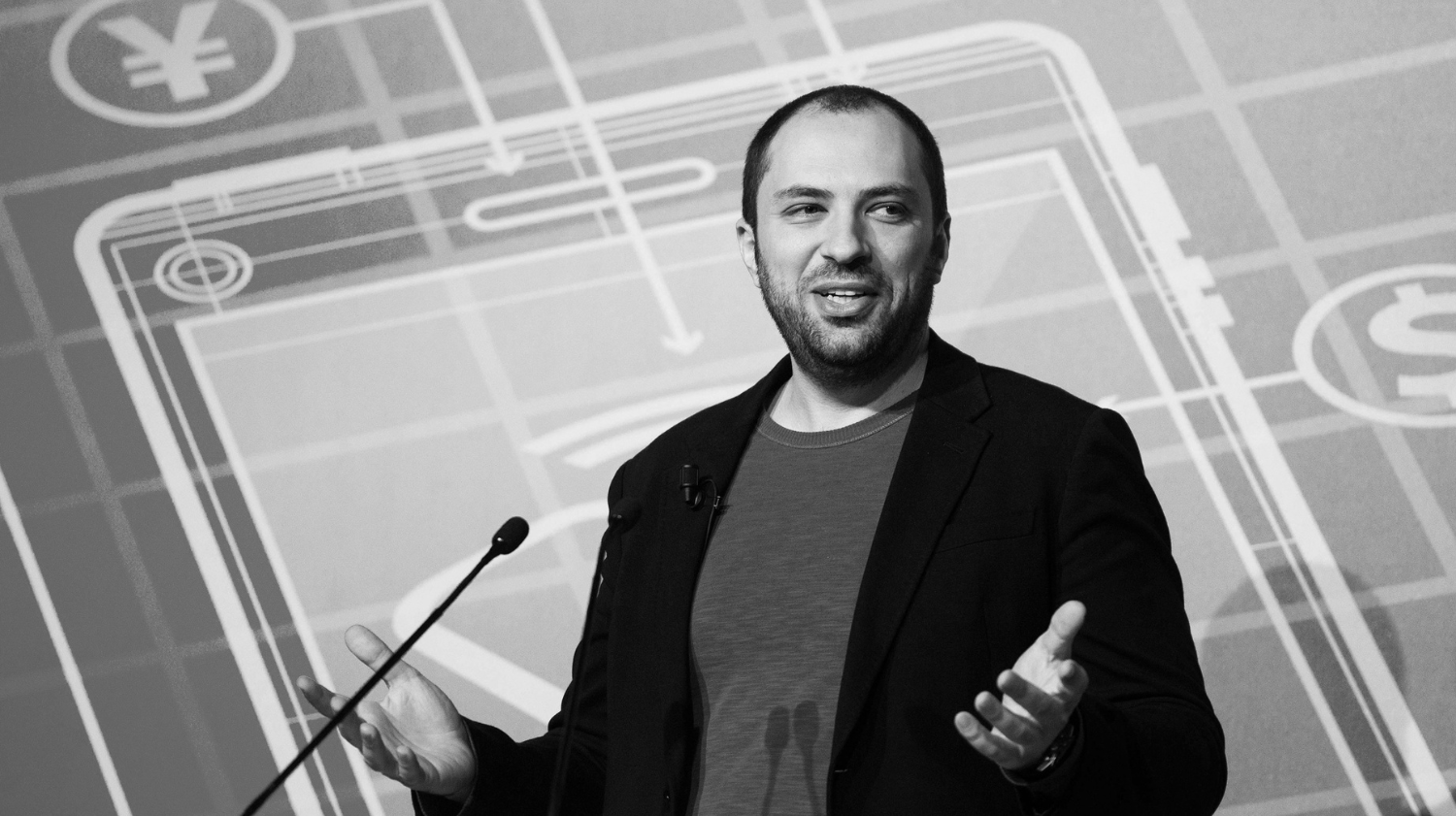
Jan Koum was born on February 24, 1976, in Kyiv (then part of the Soviet‑era Ukrainian SSR). Growing up in Fastiv outside Kyiv, Koum experienced life under a regime where state surveillance and censorship were common.
At 16, he emigrated with his mother and grandmother to the United States, settling in Mountain View, California. Their life in America began modestly — they lived in a small two-bedroom apartment and survived on social support programs. While in the U.S., Koum worked as a cleaner in a grocery store and supported his mother, who did babysitting jobs, while he explored computing on his own.
Discovering Technology & Career Moves
Koum’s interest in computing matured in the U.S. He enrolled at San Jose State University and simultaneously worked for Ernst & Young as a security tester. During that time, he also joined w00w00, a hacker/technology collective, where he rubbed shoulders with other innovators in tech. In 1997, Koum met Brian Acton while both were working in infrastructure and security roles. Later that year, Koum left school to join Yahoo!, where he and Acton spent years building experience.
The Birth of WhatsApp
In early 2009, in the then‑emerging era of smartphones and app stores, Koum bought an iPhone and sensed an opportunity in mobile communication. He conceived a simple idea: a messaging app that would sync with a user’s phone number and address book, avoiding usernames and logins. He named it “WhatsApp” — a play on the phrase “What’s up?” — and incorporated the company on his 33rd birthday. Early versions struggled for traction, but after Apple introduced push notifications in mid‑2009, Koum pivoted WhatsApp into a real-time messaging app, sending “pings” to alert users of new messages. Recognizing his need for a strong partner, Koum convinced Acton to join and helped raise seed funding—Acton brought in several ex‑Yahoo! colleagues to invest ~$250,000.
Growth, Philosophy & Acquisition
WhatsApp’s growth was organic, user-driven, and relatively free of gimmicks. The app avoided ads, tracked minimal user data, and prioritized reliability and privacy—principles strongly tied to Koum’s own experiences of life under surveillance. By early 2014, WhatsApp had hundreds of millions of users and was widely considered one of the most valuable mobile apps. In February 2014, Facebook acquired WhatsApp for approximately US$19 billion. Koum joined Facebook’s board as part of the deal.
Conflict and Departure
Over time, tensions emerged between Koum’s staunch privacy values and Facebook’s push to monetize user data and integrate ad products. In April 2018, Koum announced his departure from WhatsApp and stepped down from Facebook’s board, citing irreconcilable differences on data privacy and encryption. Although it was initially thought he would forfeit unvested stock, he continued to earn significant compensation via a “rest and vest” arrangement.
Legacy & Impact
Jan Koum’s story is one of dramatic contrast: from life on welfare and immigrant struggle to creating one of the world’s most ubiquitous communication tools. His relentless focus on privacy, simplicity, and user-first philosophy challenged the norms of data-driven social platforms. WhatsApp’s success redefined mobile communication and set new standards for secure messaging worldwide.
Today, Koum pursues interests in philanthropy and private life, but his influence remains visible in how millions communicate—quietly, reliably, and privately.


